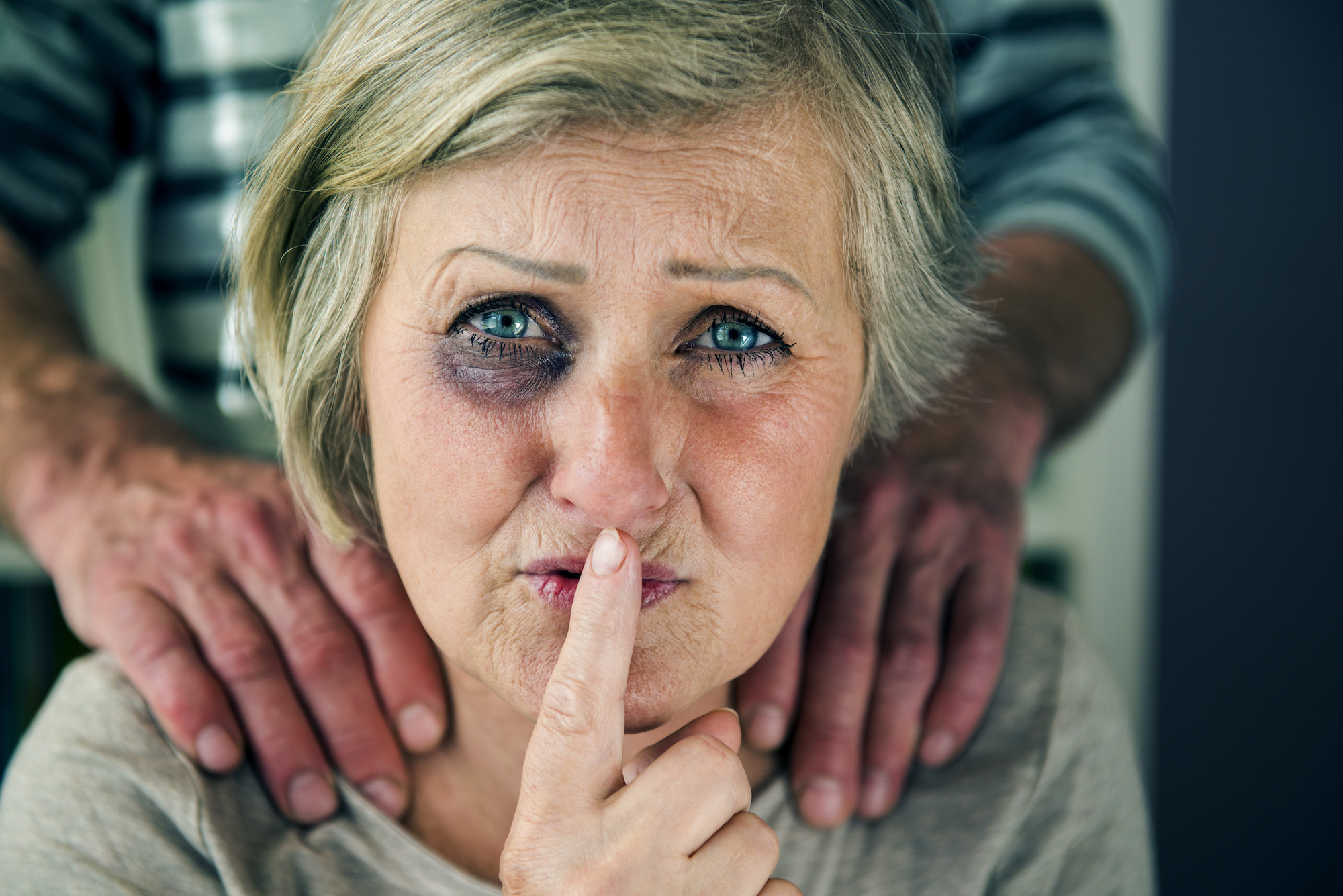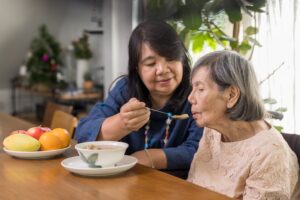
There are so many myths about domestic violence/intimate partner violence that many identify as truths. It is often believed that domestic violence is caused by substance use or even anger; it only happens in lower-income families. The person experiencing the violence is provoking the violence in some way or even likes the violence and that they are weak with low self-esteem. The truth is substance abuse and anger are not to blame. Many people who struggle with substances and anger do not use violence against their partner. This is simply an excuse for the behavior. Anyone can be affected regardless of their race, ethnicity, gender, sexuality, and socioeconomic status. No one likes to be on the receiving end of violence and cannot be blamed for other people’s reactions. While it is true that most individuals who experience violence have low self-esteem, the abuse brought them there. Many of the most vital individuals I know have experienced violence within their relationships.
Before we go any further, to allow us to think about domestic violence more accurately, let’s start with a working definition. Domestic violence is a pattern of abusive, aggressive, coercive, and controlling behavior in a current or former romantic relationship or household that one person uses over another to gain power and control over the other person in the relationship.
These behavior patterns are intended to break their partner down and make it easier to control them. These behaviors can be subtle or overt and show up in different ways. They can be physical, described as causing or attempting to cause physical harm to their partner by hitting, kicking, spitting, or using any physical force. Emotional abuse happens when someone who uses violence constantly rejects their partner’s thoughts, ideas, and opinions, isolates them from others, and gaslights them. Gaslighting makes their partner doubt their feelings, thoughts, and sanity by manipulating the truth. Verbal abuse consists of yelling, name-calling, swearing at, insulting, or putting their partner down. Financial abuse happens when someone who uses violence controls the money and does not allow their partner access. They may provide an allowance. Sexual abuse also happens in relationships where violence is used. Sexual abuse is described as forcing or attempting to force a partner to take part in a sexual act, sexual touching, or non-physical sexual act such as sexting where there is no consent, cheating as revenge, forced sex with objects or with others. These behaviors usually follow a cycle.
The tactics used to gain power and control can change a person dramatically. People who experience violence in a relationship often feel confused, guilty, shameful, undesirable, helpless, hopeless, trapped, alone, and unable to trust themselves or others. They may blame themselves for the abuse, develop extreme dependence on their partner, question their memories and thoughts, become overly compliant with others, be hypervigilant, and avoid eye contact. They may become aggressive as a way to protect themselves from others and develop low self-image as well as low self-worth. They may have anxiety, fear, depressive symptoms, sleep disturbances, suicidal ideations, and attempts. Usually, people who experience violence do not escape without it affecting them in multiple ways.
The cycle of violence is a place that is difficult for many to break out of. It is what gives many the hope that things will change. There are three identified phases in the cycle of violence: The honeymoon phase, the tension-building phase, and the explosive phase. In the honeymoon phase, the person who uses violence presents their best self. They are sweet, kind, caring, loving and considerate. The tension-building stage is when the person experiencing the violence feels like they are walking on eggshells around their partner. Their partner might start to call them names and make negative comments; there may be threats or intimidation, fear, pushing, and misplaced guilt. The explosive phase is when the violence is at its worst, which will look different for each relationship. This is where the most violent behaviors occur. Then we re-enter the honeymoon phase where the person who uses violence is apologetic, buying gifts, and becoming the sweet, kind, caring, loving, and considerate person once again. And the cycle continues.
The cycle of abuse is why people stay in abusive relationships. It is important to remember that relationships where abuse is present are not always violent. Between the abuse are times of happiness, love, and good memories. These moments are where hope and passion live. I hope the abuse will end and their partner will stay that person who shows them love and kindness. Many other pieces of the puzzle keep people in relationships that house violence. Sometimes, the violence is normalized. Violence may be all around, present in previous relationships, and may have been seen growing up in adult relationships. There may be differing ideas about what constitutes abuse. Some may believe only physical violence is abuse, and emotional or verbal abuse does not count as violence. Family may be another piece—pressure from family to stay in the relationship. Kids may be a factor as well. Some believe raising the kids in a two-parent household is better than one parent, even if abuse happens in the home. The person experiencing the abuse may be financially dependent on their partner, making leaving even more difficult. And then there is fear, a big piece of why people stay. Fear for their physical safety, their children, the unknown, and starting over. Fear that they do not know what they are thinking or doing if they are not around their parents. Many believe if they leave the relationship, the abuse will end. However, statically, when someone goes into an abusive relationship, they are 8x more likely to be killed by their partner. Fear can motivate or paralyze us, depending on our situation.
As mentioned, domestic violence/intimate partner violence can happen to anyone. On a national level, millions of people in the US are affected each year. According to the National Coalition Against Domestic Violence (NCADV), 1 in 3 women and 1 in 4 men have experienced violence within a relationship in their lifetime. Those who experience violence in their relationship lose 8.0 million days of paid work each year. Between 21-60% lose their jobs due to reasons stemming from being in an abusive relationship. Intimate partner violence accounts for 20% of all violent crimes. The state of Massachusetts declared domestic violence a public health emergency in 2008. In 2019, Massachusetts reported 28 homicides due to domestic violence. These statistics show that domestic violence/intimate partner violence lives around us and is not secluded to just one population.
Domestic violence/intimate partner violence is a confusing and damaging experience that no one should undergo in their lifetime. As October is Domestic Violence Awareness Month, we can raise awareness by simply talking about the issue; we can provide a safe place for someone experiencing abuse, attend events within the community, and reach out for support. There is support if you or someone you love is experiencing domestic violence/intimate partner violence. Please get in touch with the National Domestic Violence Hotline at 1-800-977-SAFE (7233) or visit their website at www.TheHotline.org.
References:
National Coalition Against Domestic Violence (2020). Domestic violence. Retrieved from: domestic_violence-2020080709350855.pdf (speakcdn.com)
National Coalition Against Domestic Violence (2020). Domestic violence in Massachusetts. Retrieved from: ncadv_massachusetts_fact_sheet_2020.pdf (speakcdn.com)




